Burnout needs more than Tech Solutions
Over the last few months, I've shared my experience with burnout on two stages - which are two more places than I'd ever shared publicly before. Burnout, or a state of emotional, physical, and mental exhaustion caused by excessive and prolonged stress, is common within physicians but still has a lot of stigma attached to it. It is a major problem in the healthcare industry, affecting doctors and other healthcare professionals around the world.
I had burnout in 2012 and took years to recover. Partly because there was little discussion or recognition that these symptoms were burnout and partly because of the stigma of getting help. But what is this common and growing issue?
What is physician burnout?
Physician burnout is characterized by three main symptoms:
Emotional exhaustion: Physicians who are burned out feel emotionally drained and that they can't cope with the demands of their job.
Depersonalization: Burnout leads to physicians feeling detached from their patients and see them as numbers or objects, rather than as people. They may become cynical.
Reduced personal accomplishment: Physicians who are burned out may feel like they are not making a difference in their patients' lives. They may feel like their work is not important, and they may have low self-esteem.
Compassion fatigue: If these symptoms continue to cycle, burnt out clinicians can feel a lack of compassion, detachment and then guild for that feeling.
The last symptom is often why physician burnout is labeled moral injury, a term that is used for sufferers of PTSD. It happens when someone engages in, fails to prevent, or witnesses acts that conflict with their values or beliefs. When clinicians have to make decisions that affect the survival of others or where all options will lead to a negative outcome. This injury leads to worsening burnout.
How does physician burnout affect the workforce?
Increased turnover: Physicians who are burned out are more likely to leave their jobs or less likely to start out in clinical practice. We are seeing younger and younger physicians wanting jobs outside clinical work. Doctors are retiring early. This leads to staffing shortages, increasing the burden on current physicians making the problem even worse. It’s a vicious cycle.
Reduced productivity and increased risk of errors: All of which lead to lower quality of care and putting patients at risk.
Physician burnout is also a major risk factor for suicide. In the United States, physicians are four times more likely to die by suicide than the general population. In the European Union, the rate of physician suicide is even higher, at five times the rate of the general population.
How much is physician burnout costing the healthcare system and economy?
The cost of physician burnout is staggering. In the United States, it is estimated that physician burnout costs the healthcare system $4.6 billion per year. This includes the cost of lost productivity, increased turnover, and medical errors. In the European Union, the cost of physician burnout is estimated to be even higher, at $7.5 billion per year.
What can be done to prevent physician burnout?
Often lists of solutions make clinicians frustrated since there are parts that put the onus on clinicians to chance. The reality is that the systemic portions need to be changed first. And that can’t happen without recognition of the scope of the problem and a commitment to ending this widespread issue.
Increased support: Support from their colleagues, their supervisors, their health systems and department. This includes having better staffing, goals for promotion and being engaged in their work.. They should also have access to resources, such as counseling and stress management programs.
Reduced workloads: Having patient loads that are doable, not time constrained and allows for best care practices is key. Of course, as the system becomes overburdened this becomes harder.
Decrease administrative burden: Clinicians often (and loudly) speak about the concern of more medical records, inefficient EMRs and having to chart. Because charting is tied to finances and billing rather than patient care, this is an oft cited issue.
Enable technology that works: On the flipside, if we had technology that improved efficiency, we could help with this burden. Whether it is EMRs, AI that makes tasks easier, triaging systems to make sure patients got to the right place, digital health solution can help. IF, and only if, we take physician burnout into account.
Improved work-life balance: Being able to take time off and balance their work and personal lives. Often people talk about using mindfulness, however this ONLY works if the support at work is there. There is no point in improving individual factors if the workplace is still overwhelming.
Burnout has slowly been eroding away at our workforce and the solutions will not be slow or easy. While digital health solutions can help, it is going to take some work to reverse these trends. One of the biggest is changing our financial incentives. Otherwise we won’t have a healthy workforce that can deliver quality care to patients.
